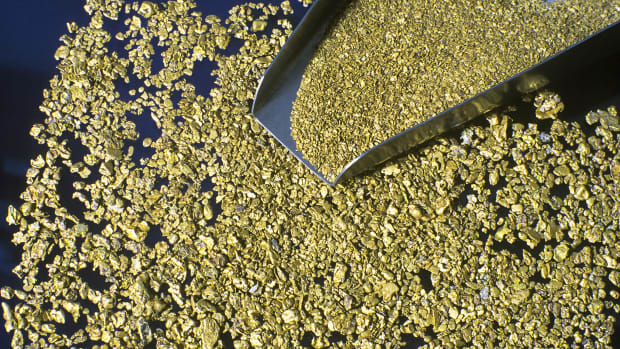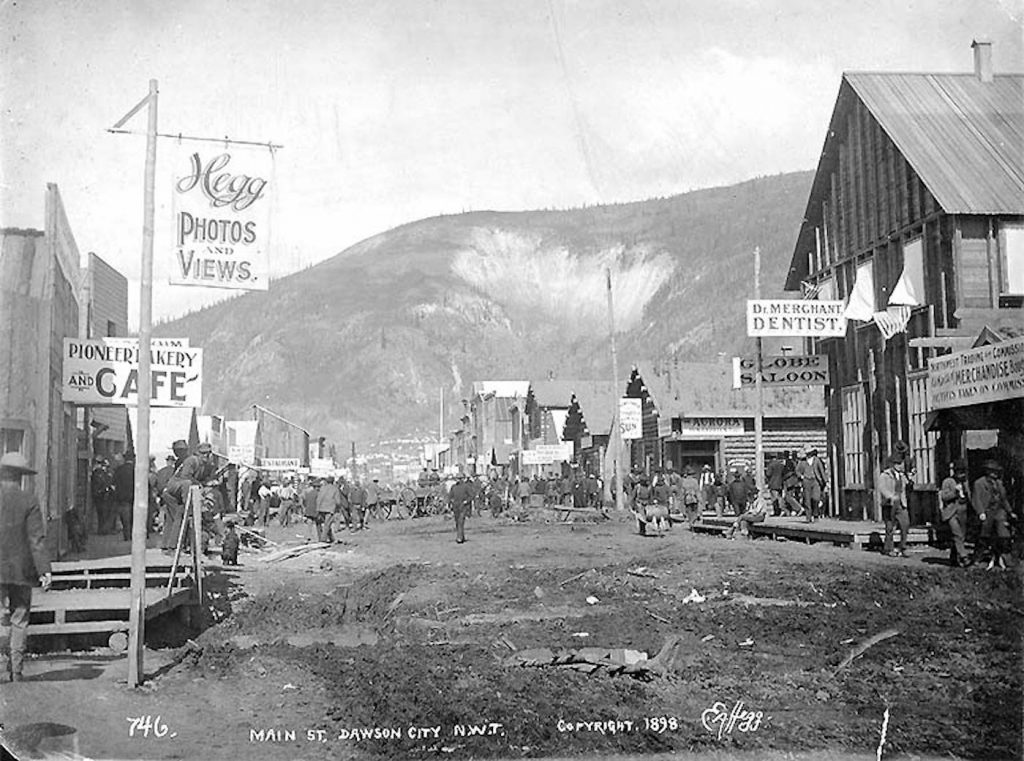
What was the Yukon Goldrush?
The Yukon Gold rush, also referred to as the Klondlike Gold rush, was an event that sped up history. It brought bustling life to what was once an icy desert. The promise of gold resulted in a rush of immigration and an increase in population in the area. Which later resulted in the establishment of Dawson City and the recognition of the Yukon territory.
Why did people want to go?
Reports of gold didn’t reach the outside world until around a year after its discovery, however, that alone resulted in a huge surge of folks pursuing a journey to the Klondlike river in hopes of finding riches.
What was the journey like?
The journey itself was a challenging one; it involved not only traveling by boat, but trudging packed iced, narrow paths and slippery slopes in order to get to the golden land. To prepare for the agonizingly cold journey, people invested in the proper clothing and equipment that would help make the journey more bearable. Although, the prospectors were in for news as there wasn’t that much gold in the Klondlike river as they had hoped to find.

How it contributed to Design:
Cities and towns began to be established as more and more people invested the effort to travel to Yukon, even if it was for the pursuit of gold. The rush of individuals arriving was quick, thus the buildings, saloons and shops were built with little time put into their design. Paths and roads were still bumpy, but they were now distinct compared to before. Through time and the arrival of more people, the area was improved and polished. Roads were properly outlined; buildings were painted in bright colors to add life amidst the deserted cold. It most likely took a lot of investment to enhance the design of cities, which wasn’t what many could afford to do so.

How it contributed to Culture:
The surge in population also brought about culture and livelihood in the area. People came to Yukon from a variety of backgrounds, not to mention the Indigenous people that had been there from the prior. The different backgrounds that co-existed began to combine and converge at times to create the culture that exists today.
How it contributed to Fashion:
To withstand the harsh weather of the north, style was thrown out the window at the time. If it helped with the shivering and made the weather more bearable then it was worn without a second thought. Elaborate or embellished clothing wasn’t common however, when it came to entertainment there were some exceptions. Saloons were often bustling with life, and because of the warmer atmosphere it was easier to wear a nice dress or shirt, rather than a thick coat or two. Although, even then, because the north was far more isolated than the more populated south, fashion trends probably arrived far later, like the news of gold did. Furthermore, the little gold that was found compared to the population probably would’ve made others invest less so in a luxury like fashion.
Despite the long journey with little reward, it is undeniable that the increase in population in the Yukon area contributed to its recognition as a Canadian territory.

Sources:
https://www.thecanadianencyclopedia.ca/en/article/klondike-gold-rush
https://www.history.com/topics/westward-expansion/klondike-gold-rush
https://www.nps.gov/klgo/learn/goldrush.htm
https://www.nps.gov/klgo/learn/historyculture/stampedergenealogy.htm
Leave a Reply